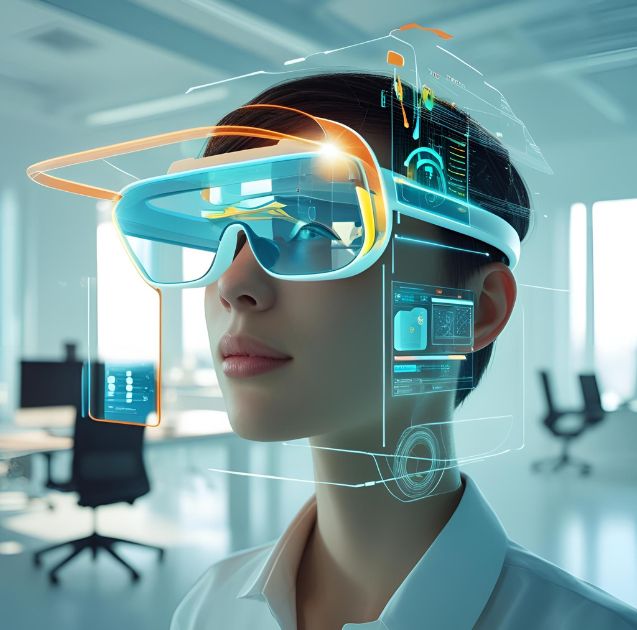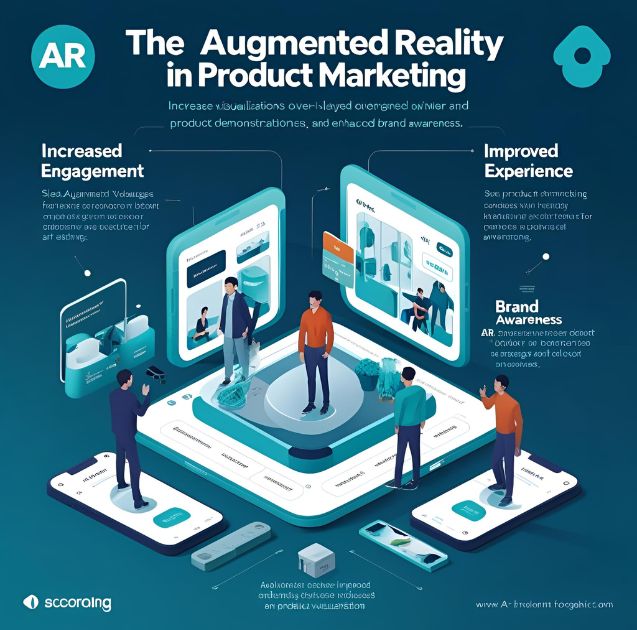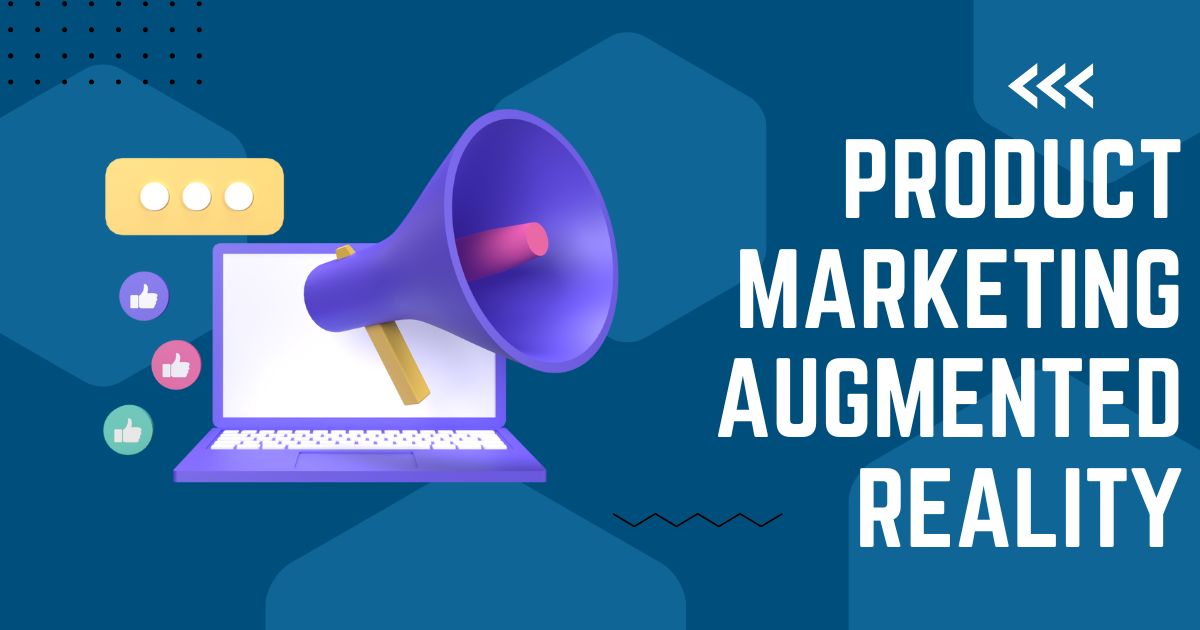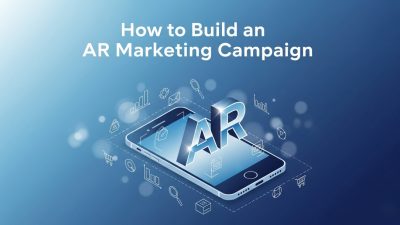Imagine allowing customers to try products before they buy, without even stepping inside a store. Thanks to augmented reality (AR), this is no longer a futuristic fantasy but a marketing tool that’s changing the game for businesses worldwide.
This blog dives into how augmented reality can revolutionize your product marketing strategy. From boosting customer engagement to driving online sales, we’ll explore practical applications of AR and how it’s shaping the future of consumer experiences. If you’re a marketer looking for innovative ways to showcase your products, this blog is your roadmap to success.
What is Augmented Reality (AR)?

Augmented reality (AR) overlays digital elements onto real-world environments in real time through devices like smartphones, tablets, or AR glasses. Unlike virtual reality (VR), which creates an entirely separate world, AR enhances the existing reality.
Think Snapchat filters, interactive games like Pokémon Go, or even the IKEA Place app, where users can place 3D models of furniture into their living spaces. These examples are just the tip of the AR iceberg. Today, businesses across various industries use AR to redefine how customers interact with their products.
Why Augmented Reality is a Game-Changer for Product Marketing
1. Bridges the Gap Between Online and Offline Shopping
Shopping online has its conveniences, but the inability to “experience” products firsthand often leads to hesitation. AR bridges this gap by allowing customers to visualize products in their actual environment.
For example:
- Beauty brands like Sephora offer virtual try-on tools where customers can see how makeup will look on their faces.
- Apparel companies such as ASOS allow shoppers to check out how clothes fit and drape on digital avatars.
These AR-driven experiences create the confidence to purchase, reducing the likelihood of returns and increasing customer satisfaction.
2. Boosts Customer Engagement and Retention
AR-based product experiences are inherently interactive and fun. They give customers a reason to pause, explore, and engage with your brand for longer.
For instance:
- LEGO stores use AR kiosks that make product boxes come alive. Shoppers can see a pre-built version of the toy set, helping visualize what they’re really buying.
- Ray-Ban’s AR app lets users try on sunglasses virtually, making the buying process both functional and enjoyable.
When customers enjoy their interactions with your brand, they’re more likely to return and recommend your products to others.
3. Drives Purchase Decisions with Personalization
One-size-fits-all experiences are no longer enough for today’s customers. They demand tailored solutions. AR simplifies this by providing personalized shopping experiences, helping customers make informed decisions.
Examples of personalized AR applications include:
- Home improvement giant Lowe’s added an AR-based feature to its app where users can identify which tools and fixtures will fit their specific spaces.
- Paint providers like Benjamin Moore enable customers to test how various wall colors will look in their homes before buying samples.
By personalizing products to customers’ unique needs, AR helps shorten the consideration phase, leading to faster conversions.
Practical Applications of AR in Product Marketing
Wondering how to incorporate AR into your marketing campaigns? Here are significant use cases across industries to spark ideas.
1. AR Product Previews in E-Commerce
AR lets buyers visualize products in their real-life environments. From furniture brands like IKEA to sneaker brands like Nike, retailers are taking advantage of AR to showcase products true to scale. These previews are especially beneficial in e-commerce, where customers can’t physically examine items before buying.
2. Virtual Try-Ons
Virtual AR-powered try-ons are transforming how beauty and fashion brands operate. Apps like Gucci’s “Try On Sneakers” or L’Oréal’s AR makeup filters are giving customers the confidence to invest in products without leaving their homes.
3. Interactive Packaging
AR can make physical packaging interactive. For example, beverages like Coca-Cola have leveraged AR on their bottles to reveal mini-games or AR filters. This helps turn a simple product into an engaging experience.
4. AR Advertising Campaigns
AR enhances digital ads, allowing potential customers to interact with products directly within the ad. For instance, car brands often use AR ads where users can customize a car’s color, zoom into its interiors, and even place it in their driveway using a smartphone.
Benefits of AR in Product Marketing

Investing in augmented reality offers long-term wins for brands, including the following benefits:
- Cost Efficiency – AR tools reduce physical inventories needed for showrooms or events.
- Broader Reach – Online AR tools make products accessible to global audiences.
- High Conversion Rates – Immersive experiences lead to faster decision-making.
- Differentiation – AR helps you stand out in crowded markets, giving your brand a competitive advantage.
How to Get Started with AR in Marketing
- Define Clear Goals
Start by understanding what you want AR to achieve for your business. Is it increased sales? Enhanced customer loyalty? Higher engagement? Define your objectives before investing time and resources.
- Choose the Right Tools
Platforms like Spark AR, Vuforia, or Unity offer user-friendly solutions for creating AR campaigns. Beginners can experiment with simpler templates, while advanced users can create intricate AR experiences.
- Integrate AR with Existing Platforms
Integrating AR within your existing platforms, like apps, websites, or social channels, ensures customers can access these experiences easily.
- Measure and Optimize
Data is your best friend. Track metrics such as engagement rates, dwell times, and conversions to assess the efficiency of AR campaigns. Use this data to continuously refine experiences for customers.
The Future of Augmented Reality in Marketing
With AR technology advancing at breakneck speed, its applications in marketing are only set to grow. Businesses that integrate AR into their strategies today will find themselves ahead of the curve tomorrow.
From fostering better shopping experiences to creating memorable brand moments, augmented reality is no longer a novelty; it’s a necessity.
If you’re ready to elevate your product marketing strategy, don’t wait. Tap into the incredible benefits AR offers and start creating experiences that engage, inspire, and convert.





